Case Number : Case 836 - 30th August Posted By: Guest
Please read the clinical history and view the images by clicking on them before you proffer your diagnosis.
Submitted Date :
71 years old male. 25 year scaly, sore, purple, plaque in groin, gradual increase in size. Some red and indurated areas. Has psoriasis. ?MF
Case posted by Dr. Richard Carr
Case posted by Dr. Richard Carr

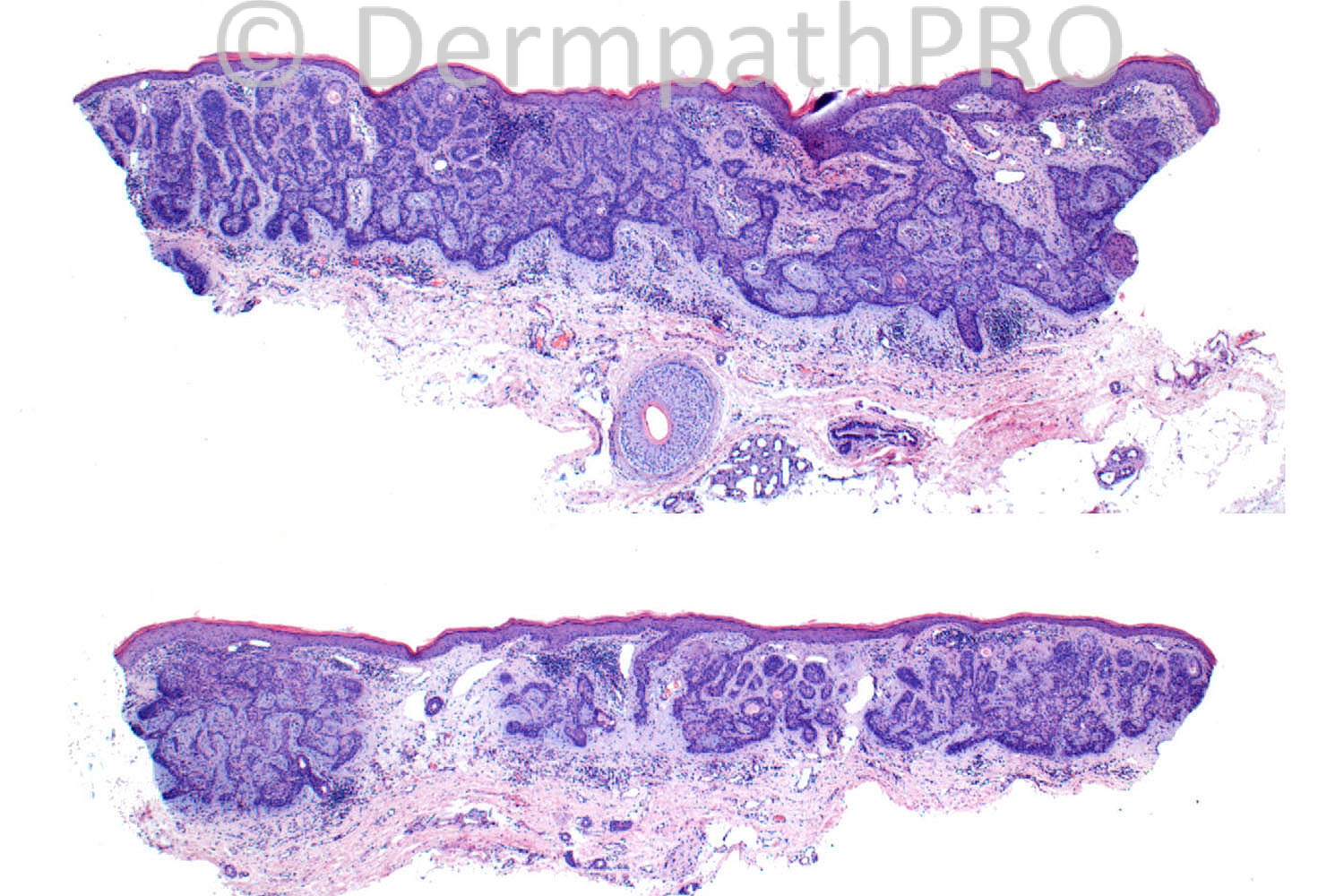

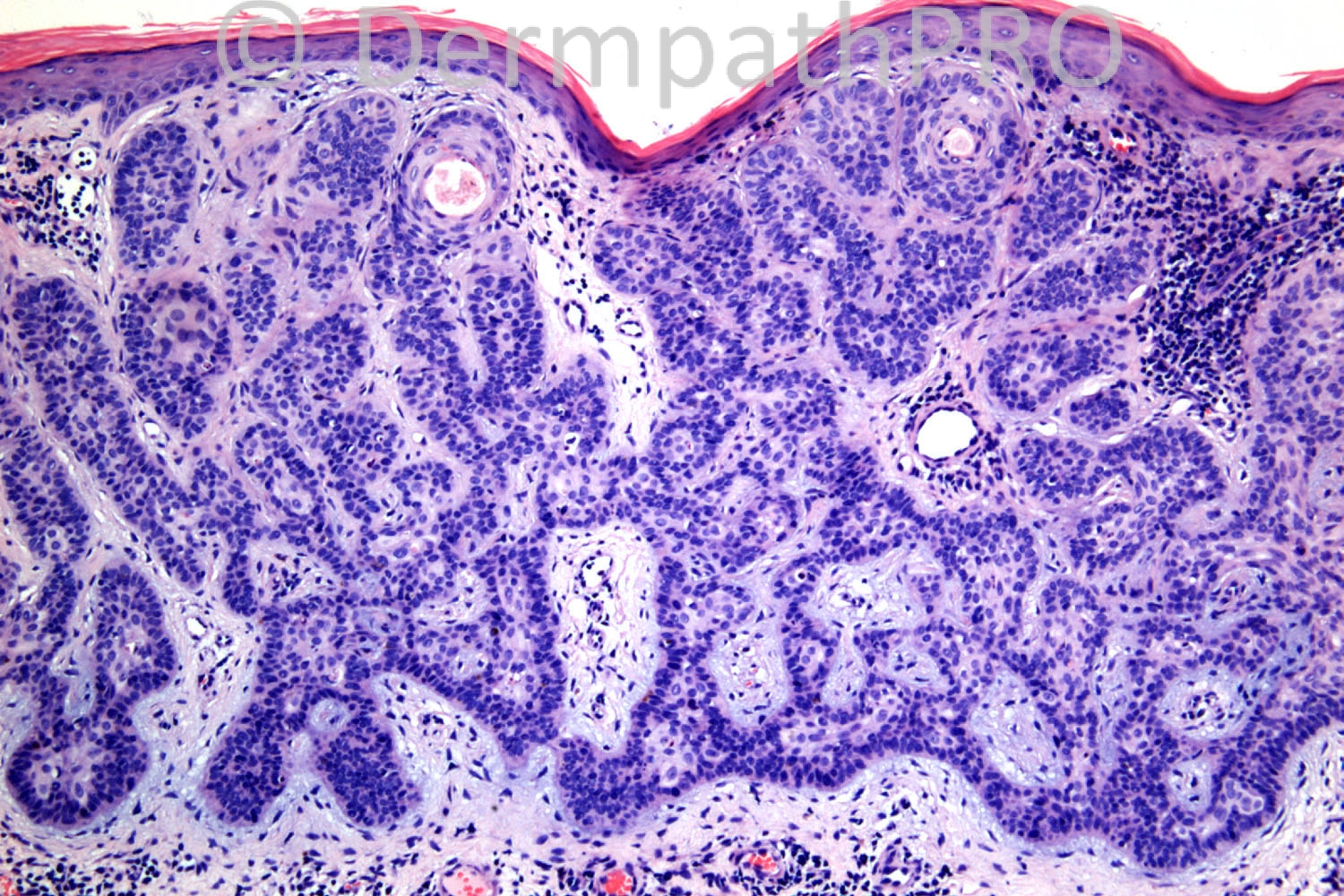
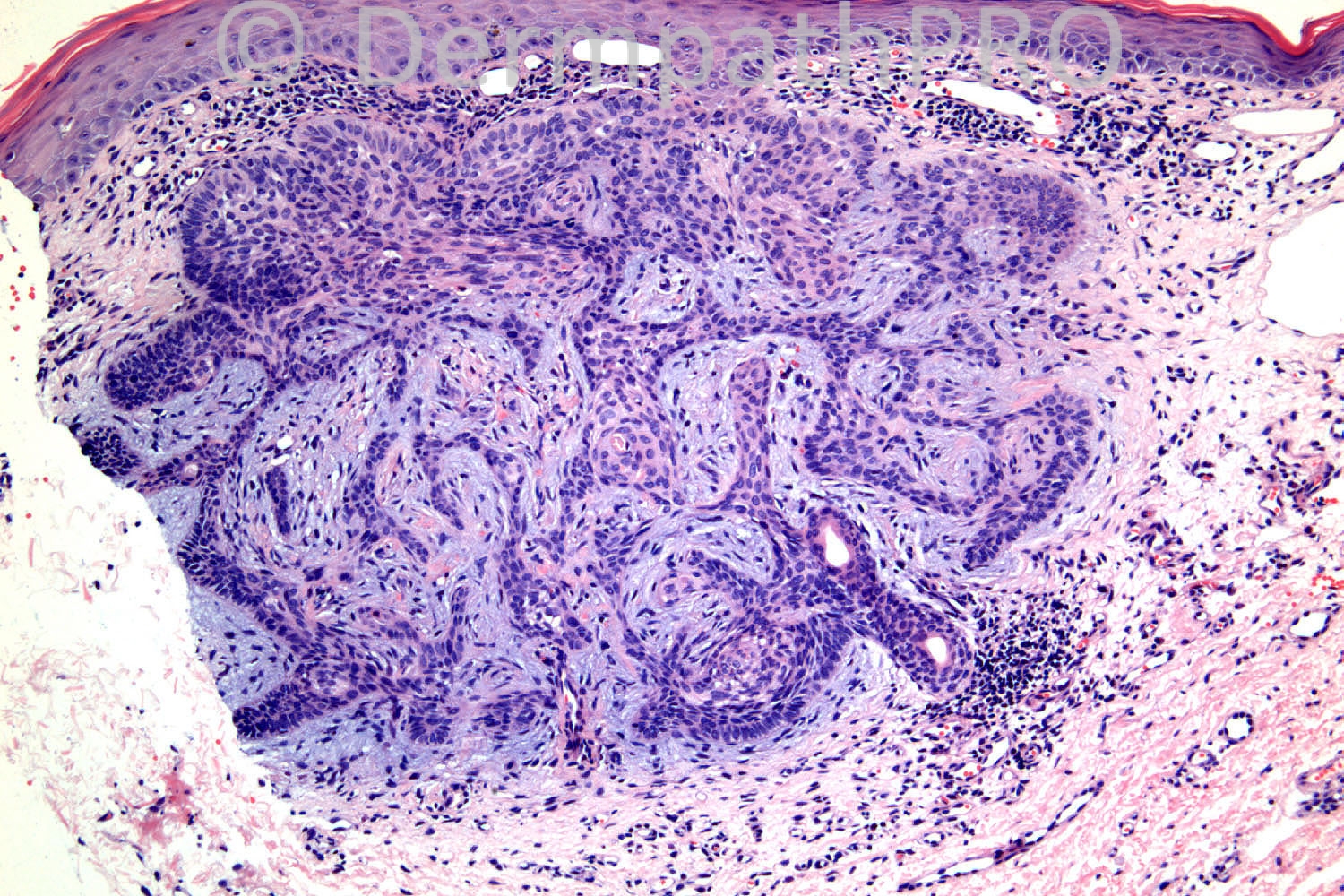
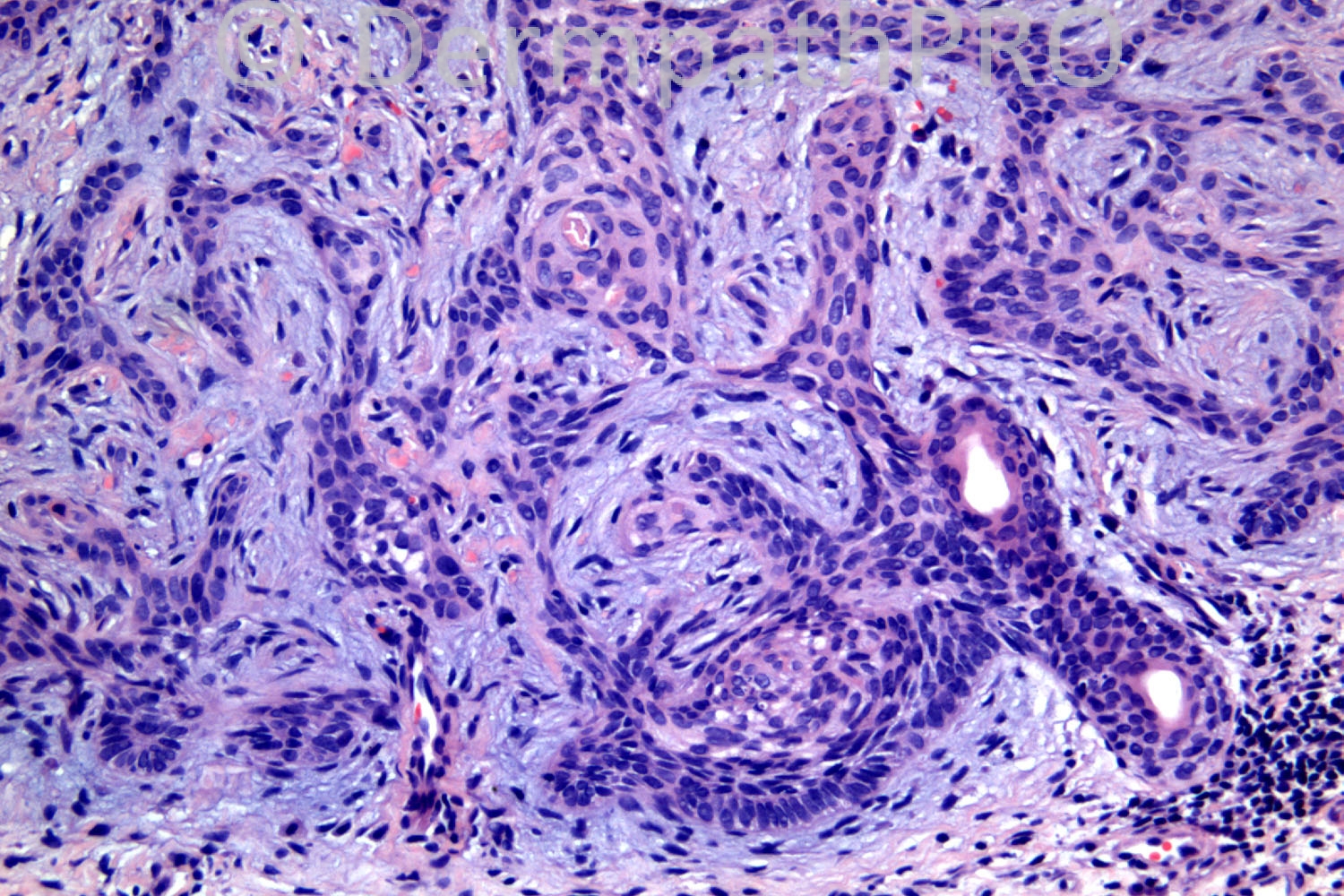
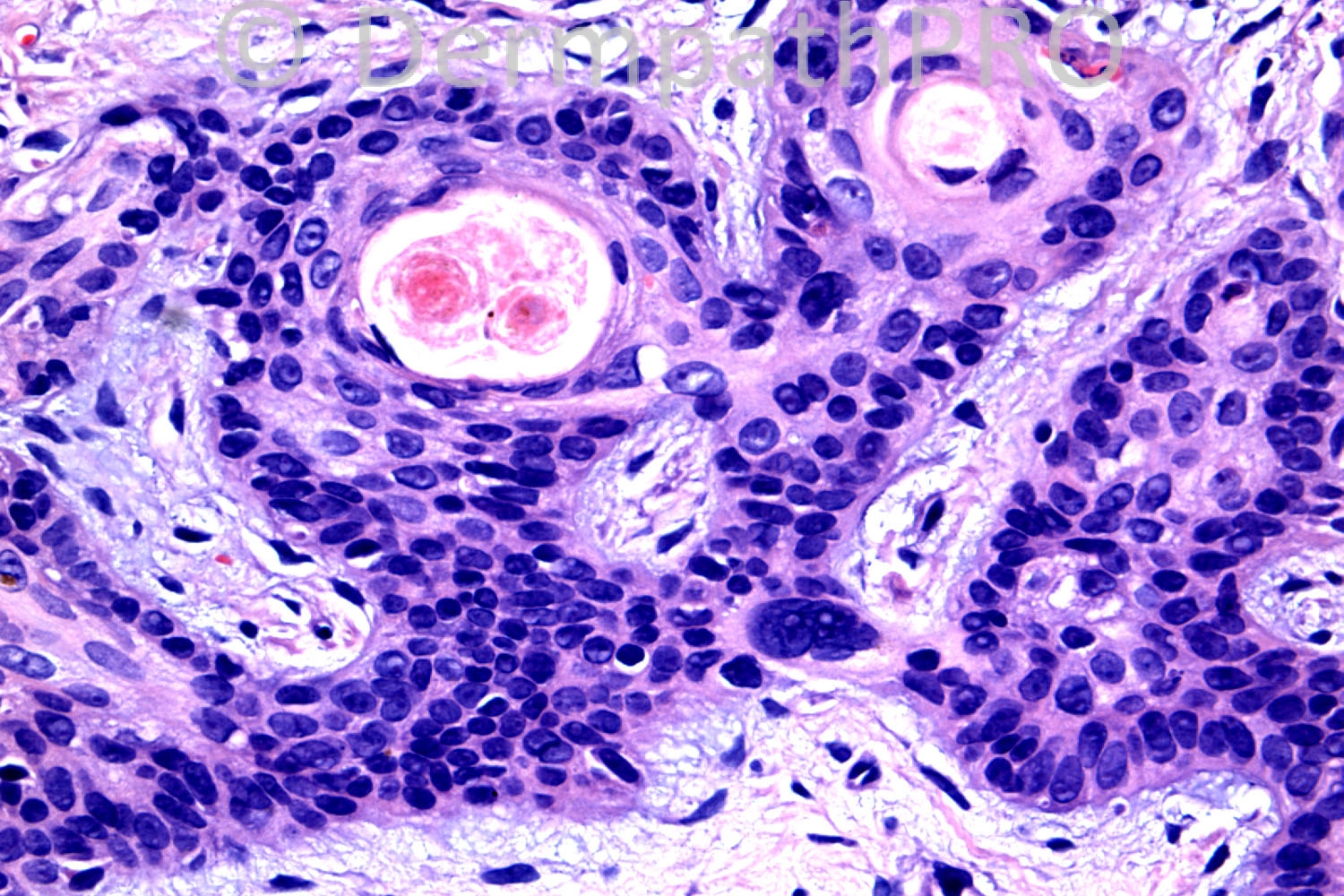
Join the conversation
You can post now and register later. If you have an account, sign in now to post with your account.